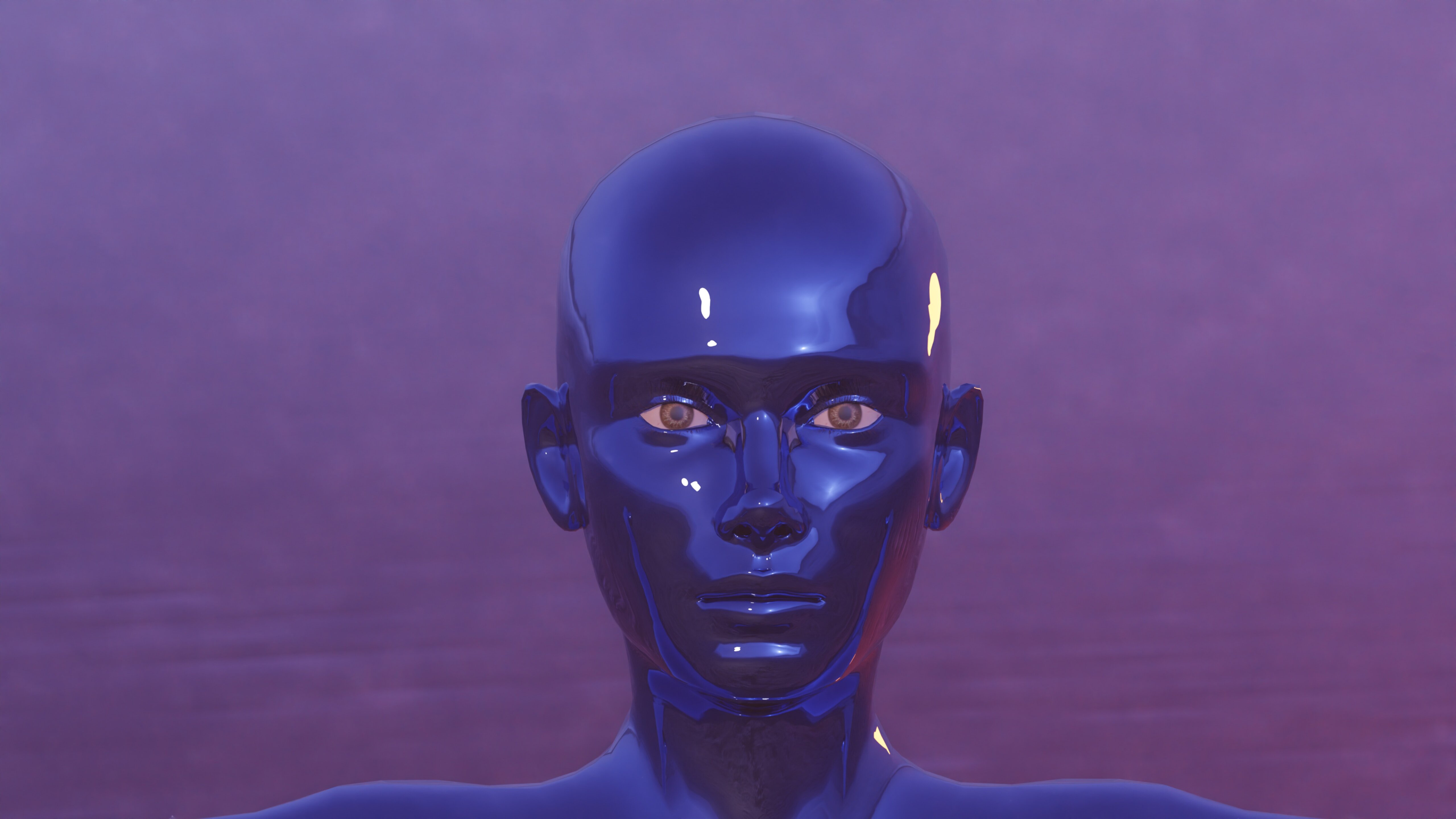7 AI Image Upscaling Techniques to Transform Your Fantasy Character Portraits into High-Resolution Artwork

I recently found myself staring at a digital painting of a particularly striking elven warrior. The detail in the chainmail was almost there, the texture of the aged leather armor hinted at a long history, but the overall resolution was just... lacking. It was the kind of image that looked fantastic on my primary monitor but dissolved into a blocky mess when I tried to zoom in for a closer look at those subtle facial markings or the glint in the eye. This isn't just about making a picture bigger; it's about recovering or, perhaps more accurately, intelligently inferring the detail that was lost in the initial rendering or the constraints of a lower-resolution source file. For those of us working with concept art, character sheets, or even older digital assets, this resolution ceiling is a persistent practical barrier to producing truly print-ready or large-format digital artwork.
My curiosity immediately turned toward the algorithmic approaches available right now—specifically, those tailored for portraiture where the fidelity of eyes, hair, and skin texture is non-negotiable. We aren't talking about simple bicubic interpolation anymore; that method just smears the existing pixels around, resulting in a soft, featureless blob. What I've been testing involves modern generative adversarial networks and diffusion models specifically fine-tuned for high-frequency detail reconstruction. The goal is to move beyond mere scaling and achieve genuine detail synthesis that remains faithful to the original artistic intent, a task that requires a careful balancing act between realism and maintaining the established artistic style.
Let's break down the mechanics of what happens when we feed one of these lower-resolution character portraits into a sophisticated upscaling pipeline. Many of the successful methods rely on a two-stage process, often involving a preliminary upscaling pass followed by a specialized detail refinement network. The initial pass might use something akin to a deep convolutional neural network trained on massive datasets of paired low-res/high-res images, learning the statistical probability of how edges should curve or how fabric threads should interlace at higher pixel densities. This stage handles the general structural expansion, pushing the pixel count up perhaps four times the original dimension without introducing obvious artifacts. Following this, the critical second stage kicks in, focusing intensely on localized areas identified as complex—think strands of hair, the fine lines around the mouth, or the individual scales on a dragon-hide gauntlet. This second network is often trained specifically on texture dictionaries, allowing it to "hallucinate" realistic micro-detail rather than just smoothing transitions. If the training data heavily featured photorealistic human skin, applying that model to a stylized, painted elf might introduce unwanted photorealism, making the character look jarringly out of place; this necessitates selecting models whose training distribution closely aligns with the source art's aesthetic.
Another fascinating avenue I've been examining involves frequency separation techniques adapted for neural networks, moving away from purely pixel-space operations. Instead of looking at the image as a grid of color values, some advanced algorithms attempt to decompose the image into its underlying frequency components—low frequencies representing broad shapes and color fields, and high frequencies representing sharp edges and fine textures. The low-frequency data is scaled up relatively straightforwardly, preserving the core composition and lighting structure without introducing noise. The real magic happens with the high-frequency data, which is often sparse in the original low-resolution file. Here, the network uses contextual awareness derived from the surrounding low-frequency information to reconstruct plausible high-frequency information, effectively filling in the missing texture data based on learned patterns of how textures behave relative to contours. For instance, if the network detects a sharp boundary indicative of metal plating, it will reconstruct the characteristic high-frequency noise associated with brushed metal rather than the noise pattern associated with wood grain, even if the original texture information was heavily compressed or absent. This contextual inference is what separates these modern tools from simple super-resolution algorithms of a few years ago, allowing for a level of detail recovery that feels genuinely transformative for character presentation.
More Posts from kahma.io:
- →AI-Powered Background Generation Revolutionizing Portrait Photography in 2024
- →7 Free Online Tools for Creating Digital Art A Comparison of Features and Usability
- →7 Time-Saving Tips for Editing Photo Backgrounds on iPhone in 2024
- →7 Free Online Photo Editors That Travel Influencers Actually Use in 2024
- →AI-Enhanced Personalization 7 Cutting-Edge Techniques for Creating Unique Phone Backgrounds in 2024
- →AI-Powered Color Correction Algorithms A Comparative Analysis of 7 Professional Photo Editors in 2024